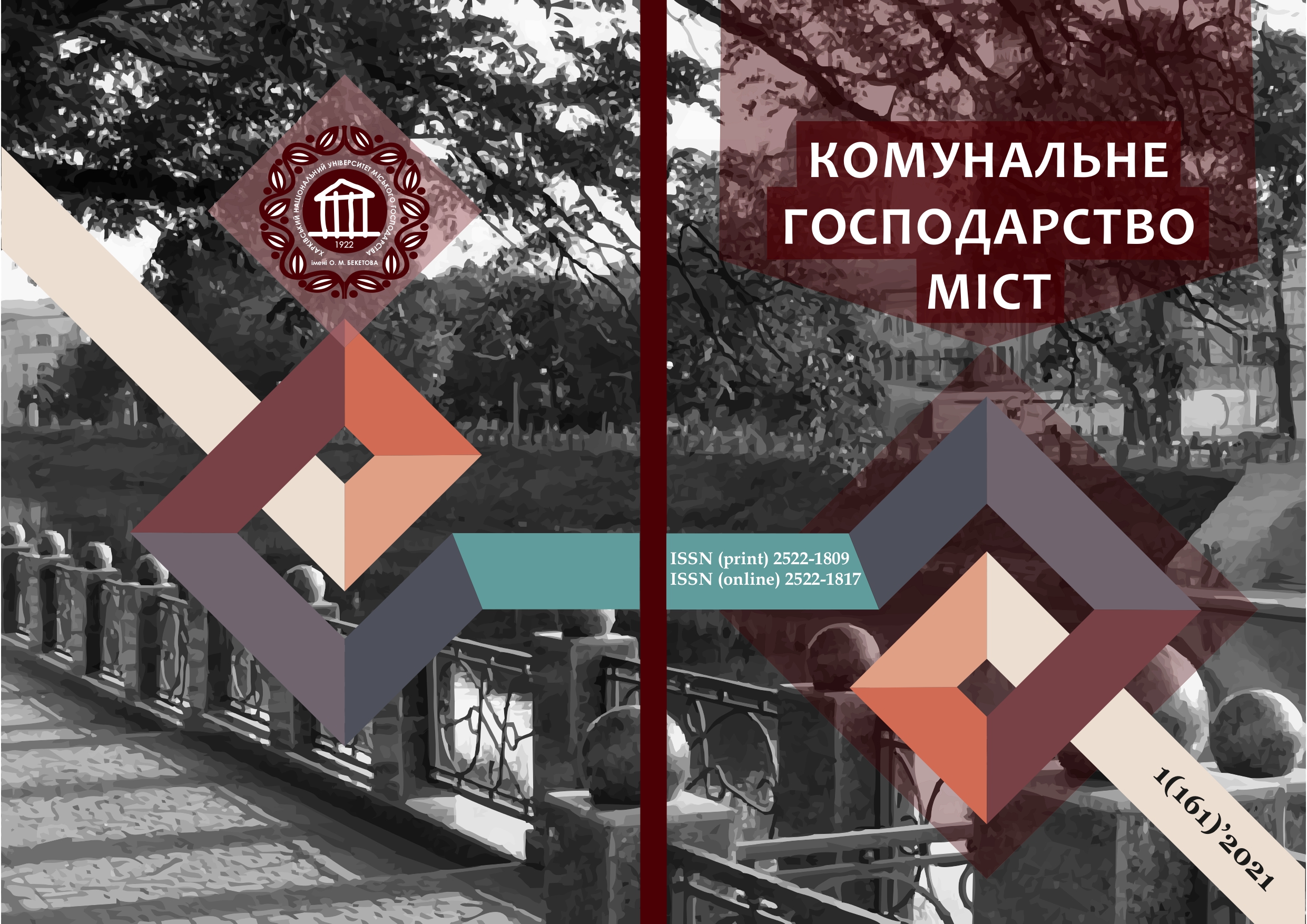TECHNICAL CONDITION CONTROL ALGORITHM GAS GENERATORS OF STORAGE SYSTEMS AND HYDROGEN SUPPLY IN THE CONTEXT OF THEIR FIRE PREVENTION
Array
Keywords:
gas generator, control algorithm, fire prevention, test signal, pressure in gas generator cavity.Abstract
Algorithms for the control of the technical mill of gas generators in the systems of protection and supply of water, as an element of the systems of fire prevention. Algorithms for monitoring the dynamic parameters of gas generators of gas generators to control the flow and transmitting test signals to two types - from the viewer of the linearly growing function, or from the viewer of the straightforward view. One hundred percent before such test signals are broken down direct and indirect methods of control of the technical mill of gas generators in the systems of recovery and supply of water. It is shown that in the implementation of direct methods of control, no middle value of the parameters in the gas generators begins.
To such parameters, the transmission efficiency is applied and continuously for an hour, as they characterize the dynamic power of gas generators in the systems of securing and supplying water. When implementing indirect methods of control, the integral characteristics of gas generators begin. In the quality of the information parameters, which are used to formulate the control algorithms, vibrating the vice in the empty gas generator of any average value. The values of these parameters are changed at two april given time of the hour, or at april given interval hour. In the quality of the criteria for the result of the control of the technical mill of the gas generators, the tolerance criteria are determined. It is shown that the priority in the vibration of the algorithm for the control of the technical mill of gas generators in the systems of gas generators and the supply of gas generators to the algorithm, which is based on the test signal in the form of a straight-flow gas generator. It should be considered that, when implementing such an algorithm, the control of the technical mill of gas generators in the systems of ensuring that the supply of vitality is kept to a minimum is minimal.
References
2. Abramov Yu.O., Krivtsova V.I., Solovey V.V. Solid-based hydrogen storage and delivery systems for onboard power plants / – Kh.: 2002. – 277 с. – ISBN–-966–03–1094–3.
3. Sorensen B. Renewables and hydrogen energy technologies for sustainable development // Int. J. Energy Res.2008.32. Inssue 5: 367–368.
4. Dmitriev A.L., Ikonnikov V.K. Hydrogen fueling station using hydrogen generation by aluminum powder hydrothermal oxidations // Int. Scientific J. for Alternative Energy and Ecology. 2017. Inssue 10: 75–85.
5. Kotowicz J. Bartela L., Wecel D., Dubiel K. Hydrogen generator characteristics for storage of renewably-generated energy // Energy.2017. Inssue 118: 156–171.
6. Goltsova M.V., Artemenko Y.A., Zhirov G.I. Hidride transformations: nature, kinetics, morphology // Int. Scientific J. for Alternative Energy and Ecology. 2014. Inssue 1: 70–84.
7. Nanthagopal K., Subbarao R., Elango T., Baskar P., Annamalai K. Hydrogen Enriched Compressed Natural Gas-A Futuristic Fuel for Internal Combustion Engines // Thermal Sci. 2011. 15: 1145–1154.
8. Abramov Yu. Design of control algorithm over technical condition of hydrogen generators based on hydro-reactive compositions/ Yu. Abramov, V. Borisenko, V. Krivtsova // Eastern-European Journal of Enterprisse Technologies, Industry Control Systems, 2017, 5 (8-89), p. 16-21.doi: 10.15587/1729-4061.2017.112200.
9. Method value of time constant of gas generator of hydrogen storage and supply system: US Pat. 137080 Ukraine: IPC G01B 3/06, G01F 1/34 / Abramov Y., Krivtsova V., Mikhailyuk A., statements. and patent owner National University of Civil Defense of Ukraine. - №201904253; application. 04/22/2019; publ. 25.09.2019, Bull. № 18.
10. Method of monitoring technical condition of gas generator of hydrogen storage and supply system: US Pat. 119107 Ukraine: IPC G01 L23 / 00 / Abramov Y., Borisenko V., Kryvtsova V., applications. and patent owner National University of Civil Defense of Ukraine. – №201703308; application. 06.04.17; publ. 11.09.17, Bull. № 17.
11. Method of control of gas generators of hydrogen storage and supply system: US Pat. 143087 Ukraine: IPC G01L 23/00, B01J 7/00 / Abramov Y., Kryvtsova V., application. and patent owner National University of Civil Defense of Ukraine. - №202000544; application. 01/29/2020; publ. 10.07.2020, Bull. № 13.
12. Method of control of gas generators of hydrogen storage and supply system: US Pat. 146146 Ukraine: IPC G01L 23/00, B01J 7/00 / Abramov Y., Borisenko V., Kryvtsova V., Mikhailyuk A., application. and patent owner National University of Civil Defense of Ukraine. – №202005822; application 10.09.2020; publ. 20.01.2021, Bull. № 3.
Downloads
Published
How to Cite
Issue
Section
License
The authors who publish in this collection agree with the following terms:
• The authors reserve the right to authorship of their work and give the magazine the right to first publish this work under the terms of license CC BY-NC-ND 4.0 (with the Designation of Authorship - Non-Commercial - Without Derivatives 4.0 International), which allows others to freely distribute the published work with a mandatory reference to the authors of the original work and the first publication of the work in this magazine.
• Authors have the right to make independent extra-exclusive work agreements in the form in which they were published by this magazine (for example, posting work in an electronic repository of an institution or publishing as part of a monograph), provided that the link to the first publication of the work in this journal is maintained. .
• Journal policy allows and encourages the publication of manuscripts on the Internet (for example, in institutions' repositories or on personal websites), both before the publication of this manuscript and during its editorial work, as it contributes to the emergence of productive scientific discussion and positively affects the efficiency and dynamics of the citation of the published work (see The Effect of Open Access).

